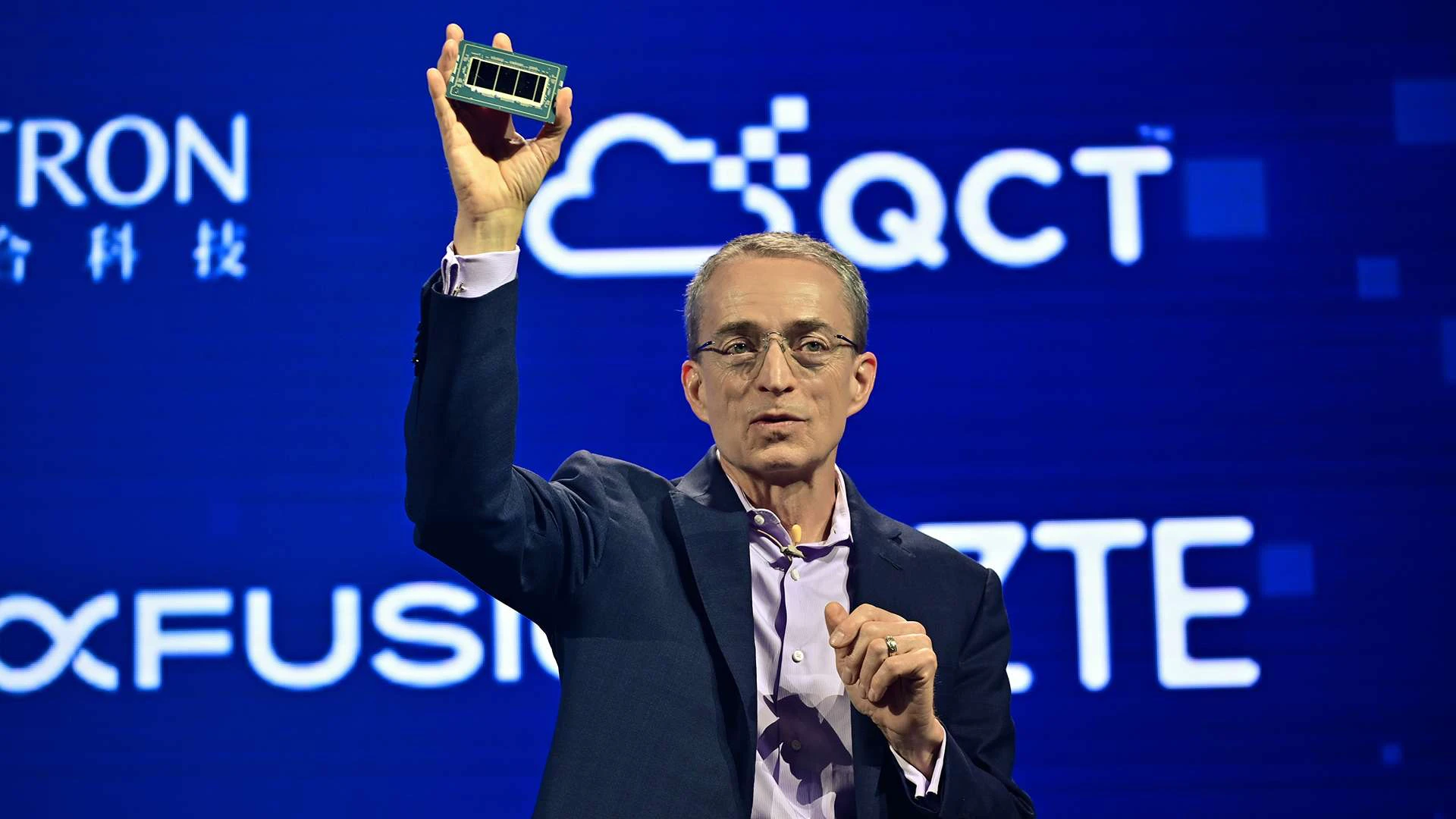Just a decade ago, the industrial production line was a closed world. Machines ran on isolated networks and there was minimal or no contact with the internet. Security was based on a simple assumption: if someone did not cross the factory gate, they would not get into the control systems either.
Today, this logic is as valid as a castle with a moat in the age of drones.
Modern manufacturing is an environment where every device is networked, data flows between departments and decisions are made in real time by algorithms.
This is a huge advance for efficiency, but it also opens up hundreds of new entry points for attackers. And it’s not just cybercriminals looking for data – with OT systems, the consequences of an attack can be physical, costly and immediate.
The so-called perimeter security model worked for years: everything inside the network was considered secure. The problem is that Industry 4.0 no longer has ‘inside’ in the classic sense.
Every modern factory today has a dense network of IoT devices – from temperature and pressure sensors to video cameras and programmable logic controllers (PLCs). Added to this are cloud systems, digital twins, remote supplier services and production monitoring applications.
In practice, this means that the production line can be accessed from multiple sides – via the internet, through supplier networks and even through private service facilities. It only takes one weak link for a hacker to gain access to the entire infrastructure.
Industrial IoT has revolutionised the way we collect and analyse data.
Sensors transmit real-time information about the state of the machines, while AI algorithms predict the moment of failure and optimise line operation. Digital twins – virtual models of factories – allow scenarios to be tested without stopping production.
These are huge benefits, but any such connection is a potential entry point. If a remote monitoring software provider is hacked, its service account could be used to interfere with production lines. If an IoT sensor does not have a security update, it could become a gateway to an OT network.
According to Check Point Research, the manufacturing sector is the most common target for ransomware attacks in 2025, accounting for 29% of all reported incidents. This is more than in finance or healthcare.
The problem is that unlike purely digital environments, an attack on OT has physical consequences. A stalled production line isn’t just a waste of time – it disrupts supply chains, delays contracts and, in the case of critical infrastructure, disrupts entire cities.
In April 2025, a power grid failure in Spain and Portugal paralysed train traffic, hospital operations and the work of many factories. Although there was no evidence of a cyber-attack, the situation showed how a single point of failure can spread across entire countries.
Cyber criminals rarely start with a frontal attack on critical systems.
Instead, they look for the weakest points – for example, an out-of-date surveillance camera. Through it, they get into the network segment where the PLC is running. They then exploit the lack of segmentation and poor authentication to move deeper – all the way to the SCADA system that controls production.
The scenario can be as simple as it is effective: infecting a remote service device, exploiting default passwords on IoT sensors, or impersonating an update provider. In each of these cases, the effect can be the same – complete control over critical processes.
The answer to this risk is the Zero Trust model. Its principle is simple: never trust, always verify – and this applies to both people and machines. In practice, this means:
- Device authentication – each controller, sensor and application must prove its identity before access is granted.
- Microsegmentation of the network – dividing the infrastructure into smaller zones so that, in the event of a breach, an attacker cannot move freely.
- Minimum permissions – users and machines can only operate within what they absolutely need.
- Auditing and recording of activities – every operation is recorded, making it easier to detect incidents and respond.
Zero Trust requires a change in thinking – the factory is no longer a closed fortress, but a dynamic ecosystem in which every connection needs to be controlled.
First steps for producers
1. call mapping – accurate inventory of all devices and access channels.
2. network segmentation – separating OT from IT and dividing OT into functional zones.
3. software updates – regular patching of vulnerabilities in IoT sensors and PLCs.
4 Control of remote access – implementation of multi-level authentication and time restrictions.
5. training of IT and OT teams – raising awareness that security does not end at the firewall.
Today, the security perimeter does not run at the firewall or the factory gate. It moves deep into the network – into every device, every cable, every data packet.
Hackers know that all it takes is one weak point to take control of the entire operation.
Therefore, in a world of hyper-connected manufacturing, protection starts with the awareness that any piece of infrastructure can be a target.












